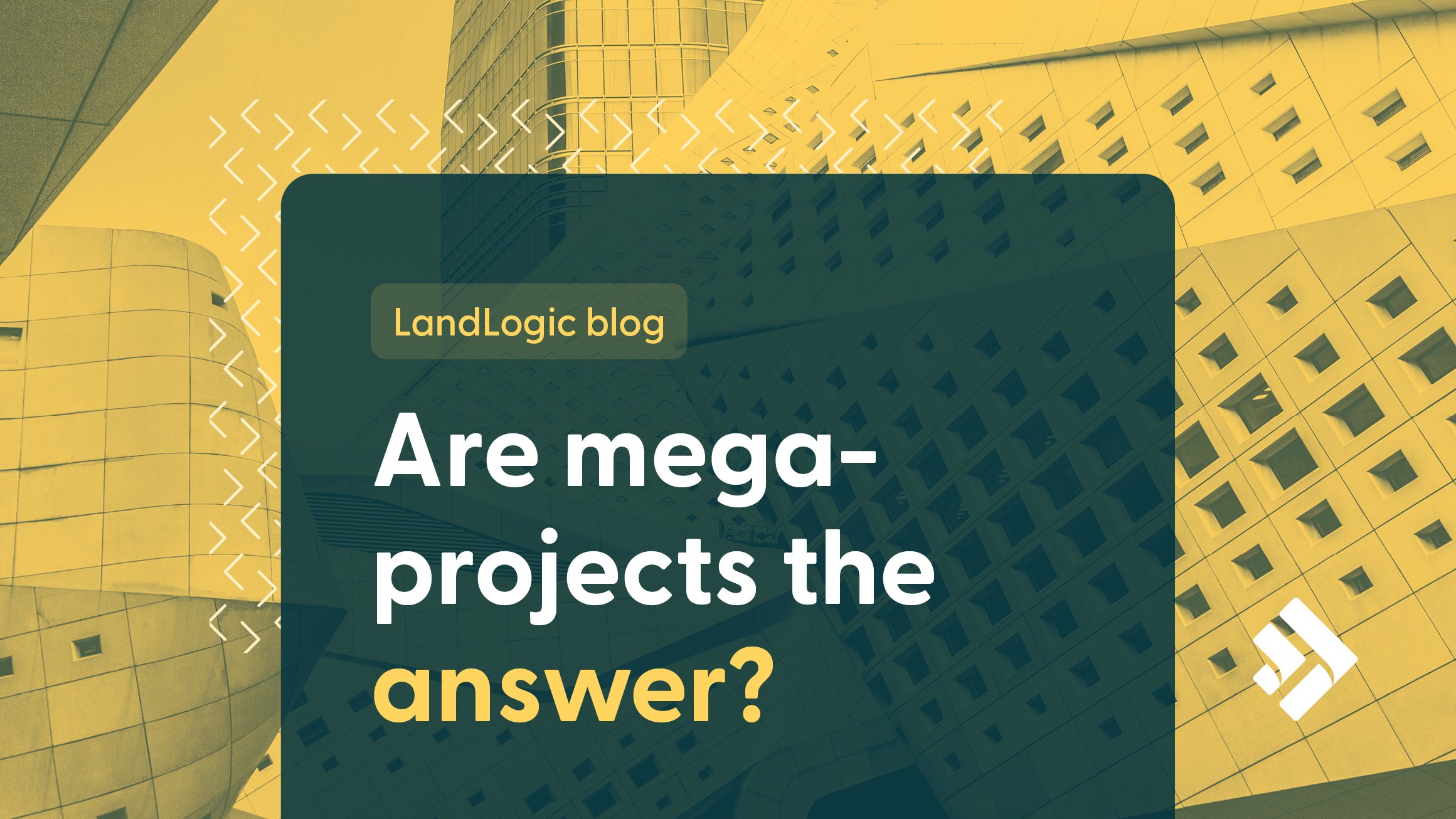Could one mega-project be the answer to Canada's housing crisis?
As Canada grapples with a housing shortage of 3.5 to 5 million homes, the question arises: could the ambitious architectural mega-projects coming out of the Middle East offer an example for solving Canada’s housing crisis?
Projects like the Ziggurat and The Line, designed to house millions within a self-contained technologically advanced ecosystem, inspire a bold question—could Canada solve the housing crisis with a single mega-project?
Here’s a brief overview of the projects being proposed and developed in the middle east:
The Line: A Vision of Future Living
Saudi Arabia's The Line is a cornerstone of the NEOM project, a $500 billion (US) initiative. Envisioned as a 170 km long linear city, The Line is designed to house 9 million residents by 2045. What sets The Line apart is its commitment to a car-free, walkable environment, powered entirely by renewable energy. Its design intends to preserve 95% of the natural environment, with essential services such as schools, medical clinics, and green spaces accessible within a five-minute walk.
Imagine solving the housing crisis and traffic congestion, all in one huge project!
The Ziggurat Project: An Eco-Utopia
The Ziggurat Project in Dubai is designed as a self-sustaining pyramid capable of housing up to 1 million people. The project emphasizes carbon neutrality, intending to generate its electricity using natural energy sources like wind, solar, and bio-gardens. With a futuristic vision of reducing urban sprawl and promoting vertical living, The Ziggurat aims to create a comprehensive ecosystem, featuring residences, offices, and recreational areas within a single structure.
Could Canada have its own Housing Mega-Project?
The question arises: could Canada undertake a similarly ambitious project to tackle our growing housing crisis? Such a project could serve as a multifaceted solution, addressing not only housing but also sustainability and quality of life. Imagine a giant urban maple leaf strategically located in areas with the greatest need for housing – maybe on the outer perimeter of the GTA.
Challenges and Opportunities
Canada's experience with mega-projects is a mixed record at best. Mirabel Airport, Muskrat Falls, and the Eglington Crosstown are all good examples of missed budgets and timelines, so is a project of this massive scope even possible, or is it a recipe for bankrupting the country?
━━
Mega-projects like the ones in Saudi Arabia and Dubai challenge us to envision a future where housing is not just about building homes but creating integrated, sustainable communities.
Emulating the middle eastern mega-projects in Canada would undoubtedly face significant challenges, including environmental concerns, funding challenges, technological feasibility, regulatory hurdles and social acceptance - but the benefits could be transformative, offering a solution for sustainable growth, innovation in housing, and an enhanced community lifestyle.
While the idea of Canada embarking on a project of this scale might seem far-fetched, it is an interesting thought experiment. Mega-projects like the ones in Saudi Arabia and Dubai challenge us to envision a future where housing is not just about building homes but creating integrated, sustainable communities. Who wouldn’t want to be able to walk to work or get groceries without brushing the snow off your car or stepping into a frigid winter landscape?
While it’s highly unlikely that Canada could address the housing crisis with a single massive project it does spur the imagination...besides, think of the fun we could have voting on a name for the project...The Poutine Plaza? The Big Chill? Maple McMapleface?



















